Votre panier est vide
Besoin d'inspiration ?
Rendez-vous dans le programme en ligne du GrandPalais
Article -

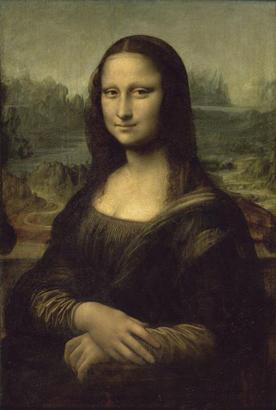
The early 16th century, known as the Cinquecento, is regarded as the peak of the Renaissance. In the twenty years from 1500 to 1520, Florence and Rome were home to artists who are now very famous: Leonardo da Vinci, Michelangelo and Raphael. The idea of “genius” developed with them. These were extremely creative years.
Leonardo da Vinci embodies the “genius” of the Renaissance. He was a painter, architect, sculptor, and engineer. In Italy he worked in Florence, Rome and Milan in the service of the most powerful princes. He ended his days in Amboise, France at the court of François I. He revolutionized the art of painting by inventing the technique known as sfumato. The figures blend softly with the landscape. There are no clear lines, giving his paintings a mysterious atmosphere. He painted the Mona Lisa, the most famous painting in the world.
Michelangelo Buonarroti, known simply by his first name, was highly talented at drawing. By closely observing the human body, he wanted to reproduce every pose, movement and interplay of muscles. He then translated his drawings into paintings and sculpture. The great patron of the arts, Pope Julius II, entrusted him with the decoration of the Sistine Chapel in the Vatican in Rome. Michelangelo accomplished a great feat, creating over 1,000 square metres of frescoes. They give the illusion of architecture, and the figures look three-dimensional, a real trompe-l'œil (optical illusion).
Raffaello Santi, nicknamed Raphael the Divine, was a Florentine painter. He was searching for perfect beauty in his painting. He created models of gentle virgins that would be reproduced for centuries. Raphael’s Madonnas are astonishingly simple and tender. His compositions are always very well balanced, making his paintings masterpieces.
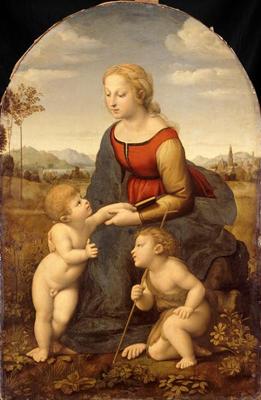
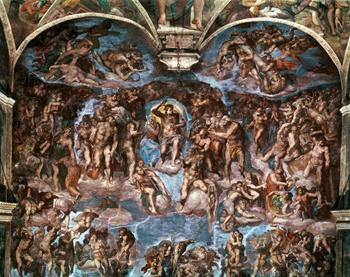
Votre panier est vide
Besoin d'inspiration ?
Rendez-vous dans le programme en ligne du GrandPalais
See content : 'Les métamorphoses du Grand Palais': a France 5 and france.tv documentary to watch again!
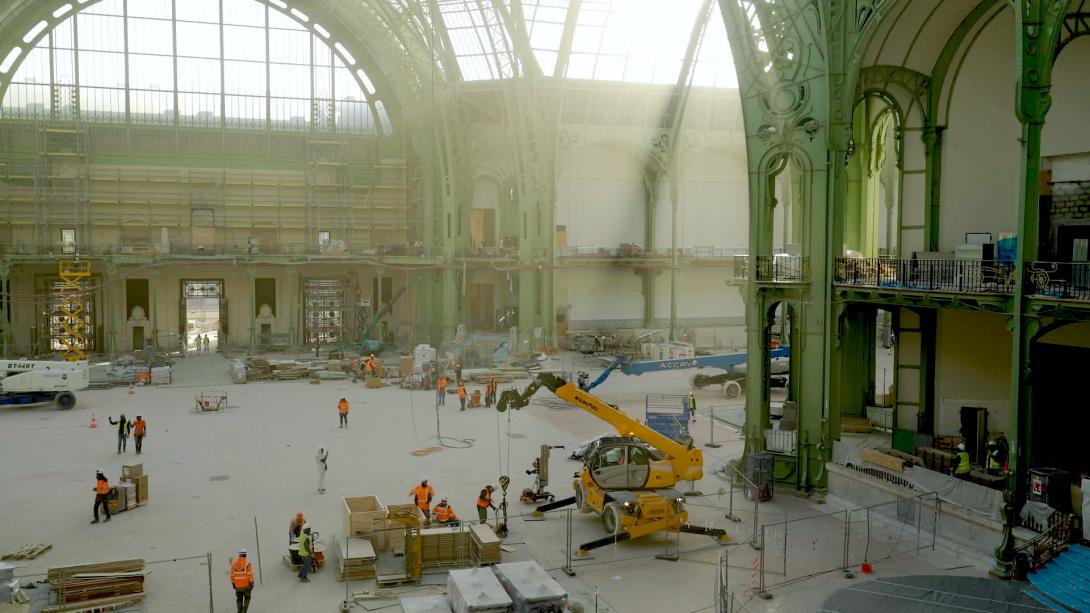
Article -
The Grand Palais is completing the biggest renovation project in its history. For the past two years, director Stefan Cornic has been tracking this metamorphosis with his camera, giving an overview of the multiple events that have taken place in the building since it was inaugurated in 1900. A documentary to watch again and again on France 5 and france.tv!
See content : From Paris 1900 to Paris 2024: the Grand Palais and its Nave, an architectural jewel restored right on time to meet sportsmen and women!
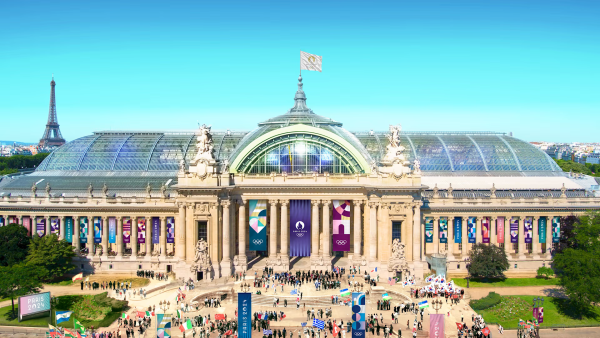
Article -
A regular venue for artistic and cultural events for over a century, the Grand Palais is reopening its majestic restored Nave for the Paris 2024 Olympic and Paralympic Games to become the place for fencing and taekwondo events! And don't forget: this is...
See content : Meanwhile, on the building site, the Grand Palais is back in full colour
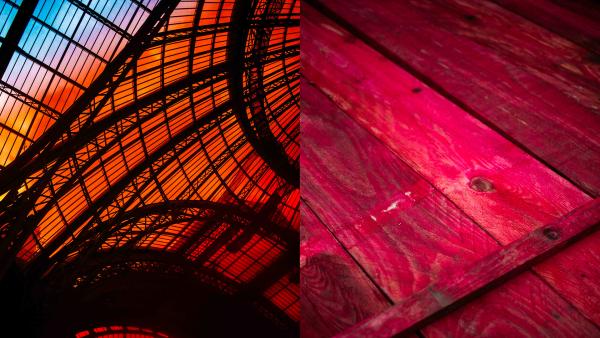
Article -
A monument of stone, glass and metal, the Grand Palais blends into the urban landscape. However, on closer inspection, it is in fact bursting with colour, and one of the challenges of the restoration work currently underway is to restore all its chromatic...